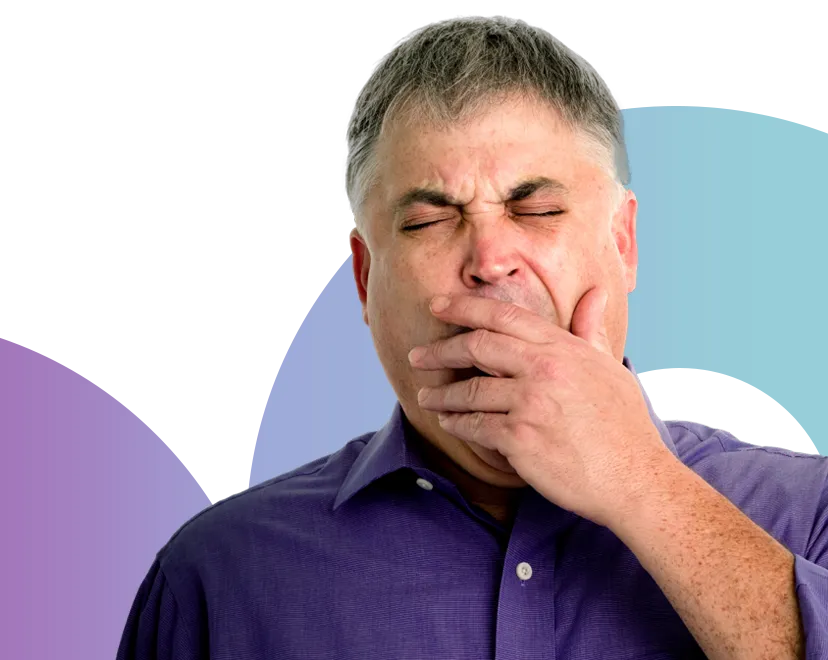What is EDS?
Excessive daytime sleepiness (EDS) is defined as the inability to maintain wakefulness and alertness during the major waking episodes of the day, resulting in periods of irrepressible need for sleep or unintended lapses into drowsiness or sleep.*
EDS is present in all patients with narcolepsy and is one of the most common symptoms of obstructive sleep apnea (OSA). Common signs and symptoms of EDS include frequent tiredness, unrefreshing sleep, and brain fog. Patients may experience impaired attention, memory, and executive functioning skills. EDS may negatively impact relationships, job performance, and daily activities.
EDS in narcolepsy
- Narcolepsy affects an estimated 185,000 people in the U.S and all people with narcolepsy experience EDS
- EDS is often one of the first and most disabling symptoms to develop in people with narcolepsy
EDS in OSA
- Approximately 22 million Americans or 10% of U.S. adults have moderate to severe sleep apnea
- Continuous positive airway pressure therapy (CPAP) is the most common and an essential part of treatment for sleep apnea, but it may not completely relieve symptoms of EDS, with ~12-65% of patients having lasting EDS despite optimal CPAP use
- In a study of patients with OSA
-
- 52% reported feeling sleepy during the day despite any amount of CPAP use†‡
- 1 in 3 who used their CPAP for 5 or more hours a night, still reported feeling sleepy during the day†
key facts
- EDS may go unreported because of chronic sleepiness being accepted as the “new normal”
- People with narcolepsy and OSA may see a variety of doctors including sleep specialists, psychiatrists, neurologists, pulmonologists, or primary care physicians who may use the Epworth Sleepiness Scale to evaluate how likely one is to fall asleep during daily activities

38.2%
reported involuntary sleep episodes while driving

98.8%
reported falling asleep while relaxing

64.6%
reported involuntary sleep episodes during the day




